The Prismic Cylinders
Construction
The construction we used for m,n-duoprisms need not be confined to finite numbers. Consider what happens if we take the limit of these duoprisms as m approaches infinity.
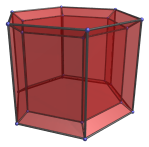
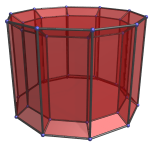
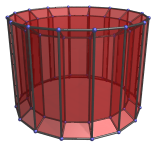
As m increases, the m-gonal prisms in the ZW cycle become closer to being cylindrical. The number of members in the XY cycle start to increase without bound, but their heights decrease toward zero. At the limit, the ZW cycle become n cylinders, and the XY cycle becomes an n-gonal torus. This produces what we call an n-gonal prismic cylinder.
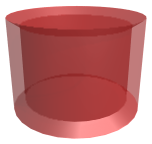
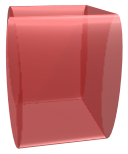
The above images show the case where n=4. The tetragonal prismic cylinder, or 4-prismic cylinder for short, is the same object as the cubical cylinder. Here are some other prismic cylinders:
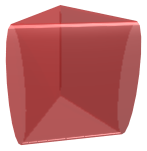
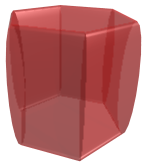
Mathematically, these prismic cylinders are the Cartesian product of a circular disc and a polygon.
Properties
Although the n-gonal prismic cylinders have n 3D cylindrical surfaces, they can only roll in a single direction. Like the cubical cylinder, which is the same as the tetragonal prismic cylinder, all the circles in the cylindrical surfaces lie in parallel planes, even though the central axes of the cylinders are not parallel to each other. So all of them can only rotate in the same plane, and the n-cylinders can only roll in a single direction, covering only the space of a line.




